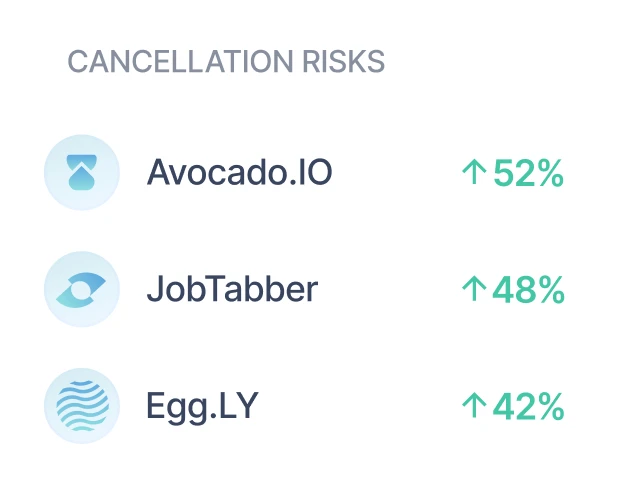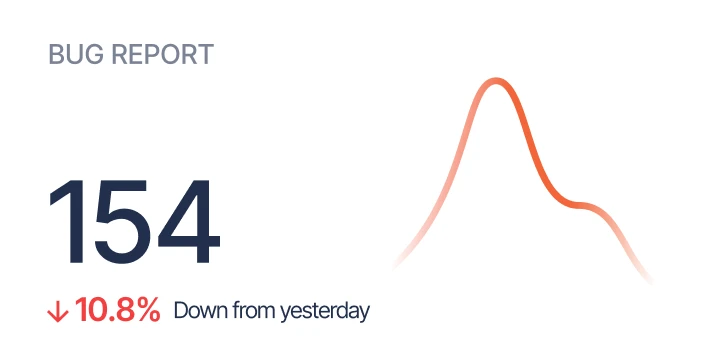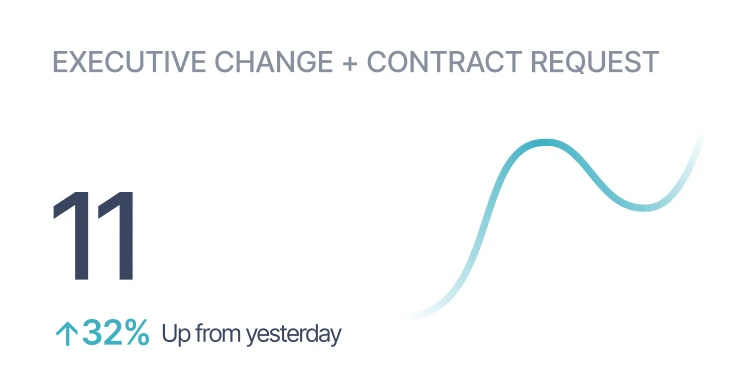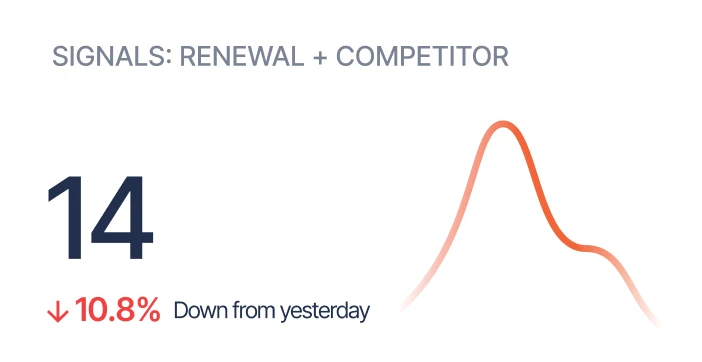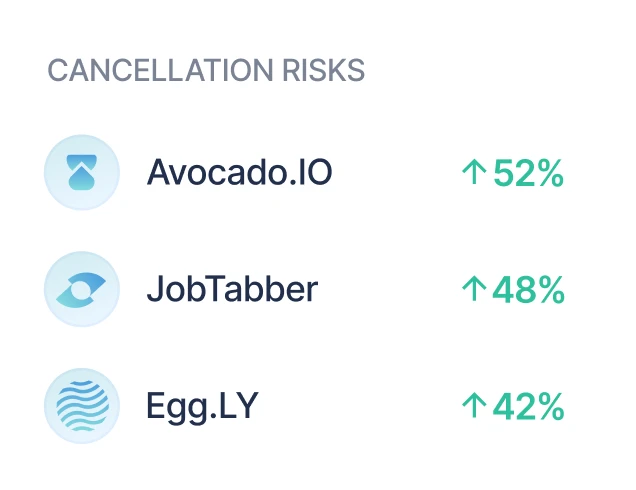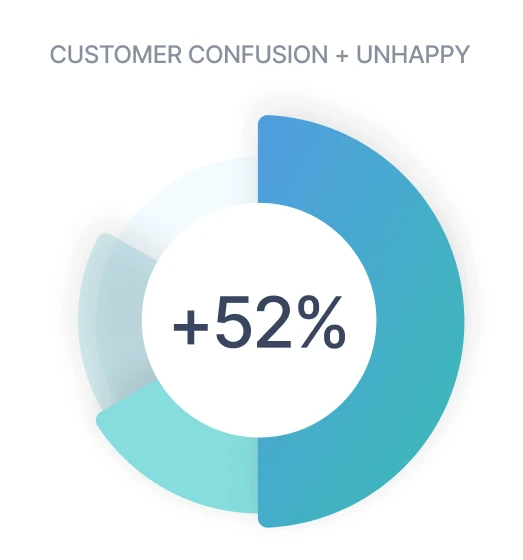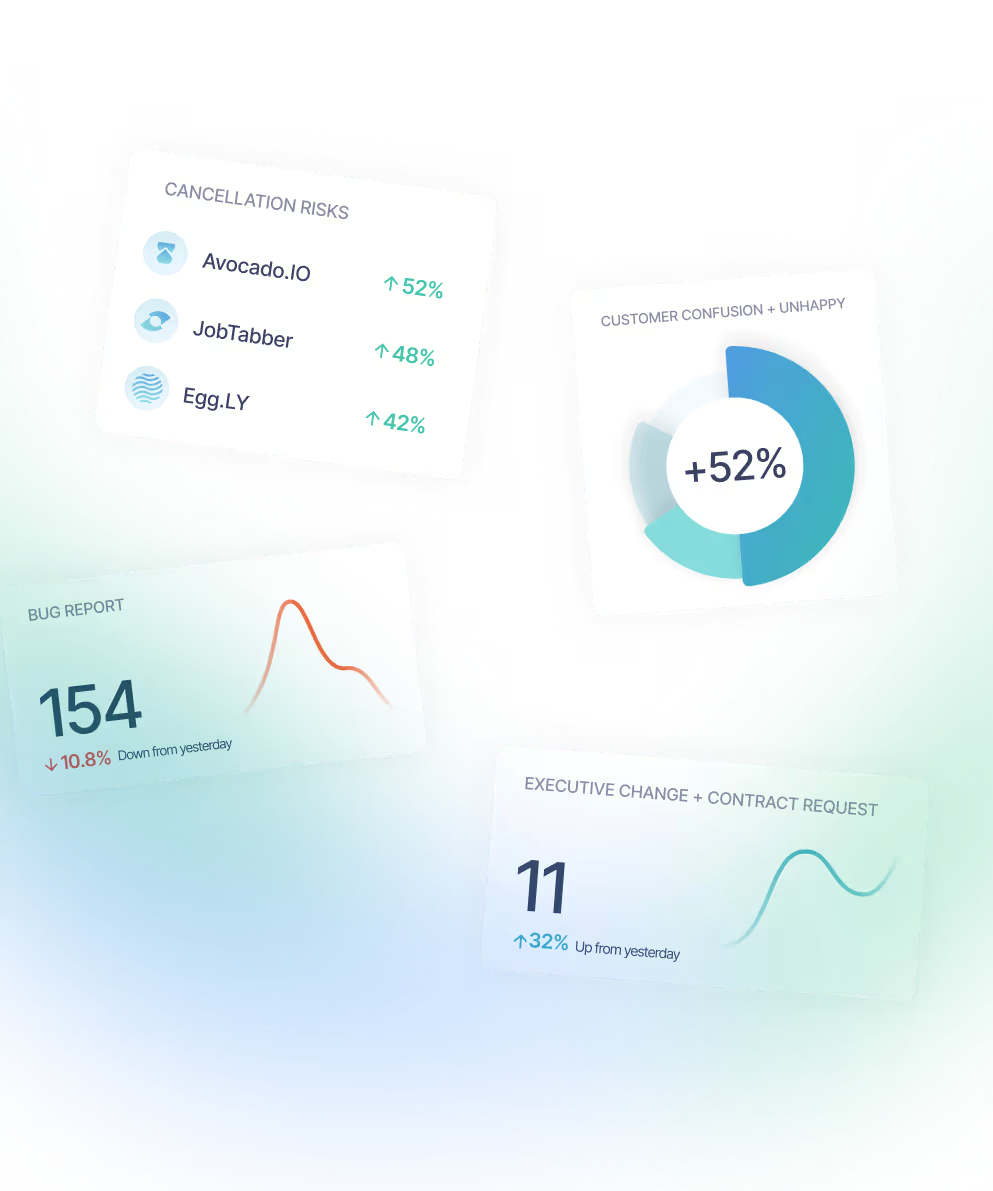A guide to leveraging modern technology to build an actionable voice of the customer program.
Every business benefits from knowing what customers think and feel. A Voice of the Customer (VoC) program can help you capture and leverage customer insights to improve your products, processes, relationships, and bottom line. VoC programs have been in existence since the dawn of marketing. However, until recently, they were limited to gathering data through surveys, interviews, or focus groups. Most VoC programs fail because they rely on yesterday’s tools to address today’s challenges.
Surveys still fall short
Most companies still rely on surveys to gather customer insights. Sure, surveying customers sounds like a good idea. To some extent, surveys are a good starting point for obtaining information about customer experiences. But let’s face it, we all know that survey response rates are low. According to Delighted, a good survey response rate ranges between 5% and 30%. This means that your analysis through surveys represents only a fraction of your customer base, and typically, only the dissatisfied or extremely satisfied customers take the time to respond. Unfortunately, most VoC programs still rely on surveys as the number one data source to influence decisions about products, marketing campaigns, service processes, and more.
Social media monitoring - meh
While social media monitoring can be a great source of customer data and insights, it has flaws. There are several reasons why it may not always be the most reliable source for customer insights. First, as with surveys, social media users’ opinions change rapidly due to the nature of the platform. The same user may have different views or opinions at different times, which can lead to issues with reliability. Companies must ensure they are looking at a large enough sample of customers and not just basing their decisions on a few users' whims. Second, as we’ve learned from politics, all sources on social media are unreliable, and there is no way to verify their accuracy or truthfulness. VoC program managers can be misled if they rely heavily on these sources without doing extra research. And finally, as with surveys, monitoring conversations on social media is a time-consuming process. Companies must dedicate resources to this task to keep up with the latest trends and conversations about their brand or products, which can be costly in terms of both money and time.
Focus groups flop
For decades, businesses have relied on focus groups to learn more about their customers. Unfortunately, focus groups flop in many of the same ways that surveys and social media monitoring fail to deliver actionable insights. First, focus groups are typically limited in size and scope, making them unsuitable for gathering insights from a large customer base with diverse segments. Second, running focus groups is costly and resource intensive. This makes it difficult for companies with limited resources to benefit from them.
The trends to watch for when building a modern VoC program
Listen, if you rely on surveys, social media, and focus groups as the main inputs for your voice of the customer program, you are not alone. These methods are still the standard. But, there is a new trend emerging driven by advancements in technology.
Innovative businesses are starting to use traditional channels of customer feedback in combination with unsolicited feedback to gain true insights into VoC.
VoC programs have come a long way since their inception, from manually collecting data through surveys and interviews to leveraging AI-driven analytics tools today. Technology has revolutionized how organizations collect, analyze, and deliver customer insights to the teams that need them most. With modern tools and platforms, businesses can collect, analyze and leverage data on a larger scale and with greater accuracy than ever before. Here are some ways technology has changed VoC programs:
AI-driven signals
AI has revolutionized analytics tools over the past few years by allowing companies to collect large amounts of data quickly while also uncovering signals about specific customer behavior that were not possible before. Going beyond just sentiment, AI-driven signals help organizations develop strategies that meet customer needs better and lead to long-term success. But the real power of AI is to deliver the signals that are happening now — ones that can impact this quarter's results!
Automation
Before, businesses had to manually enter data into various formats and generate time-consuming and backward-looking reports. But with the combination of AI-driven insights and automation, teams can now automate processes such as collecting the unabridged, unbiased, and unsolicited voice of the customer. Automation, in this sense, reduces costs and frees up resources while increasing the speed at which teams receive valuable customer feedback.
Data integration
Modern customer intelligence platforms can combine multiple data sources to help VoC teams get perspective, providing a richer understanding of customer signals and trends from multiple channels. Using multiple data sources in combination with machine learning algorithms, companies can create more accurate models and insights than they would have been able to do with just one data source. For example, imagine having a searchable interface on top of every inbox, video call, ticket, and survey — a single pane of glass, as it were — a window into a real-time understanding of your customers’ needs and preferences.
It’s time to modernize your VoC program
The success of any VoC program depends on selecting the right tools and technologies for collecting, analyzing, and interpreting data. Companies need to consider factors such as cost-effectiveness, scalability, accuracy, and speed when building and updating VoC programs. Here are the considerations to get you started.
- Collect more relevant data sources
Don’t stop surveying, scouring social media, or conducting customer interviews. Gathering multiple data sources is key. But it’s time to add data sources. Customer intelligence technology is maturing quickly. Many of today’s systems allow you to create omnichannel customer experience insights by capturing and analyzing every customer interaction, regardless of channel (phone, email, chat, etc.).
- Analyze and interpret customer data
Once relevant data has been collected, teams must analyze it effectively to draw meaningful conclusions. This requires the effective use of AI technologies such as natural language processing (NLP) or computer vision (CV). Effective analysis helps uncover signals and patterns that wouldn’t be visible from just looking at raw numbers or statistics like the results of surveys.
- Deliver what matters - now
Finally, companies should use the signals gained from the analysis process to take actionable steps to improve their services or operations to better serve customers’ needs. This could involve implementing changes based on customer feedback or altering marketing strategies according to changing trends in customer preferences.
Overall, creating a modern VoC program is essential for businesses in today's competitive market. By understanding its fundamentals and leveraging advanced technology, companies can gain valuable insights that can help them succeed.

.png)

.png)
.png)

